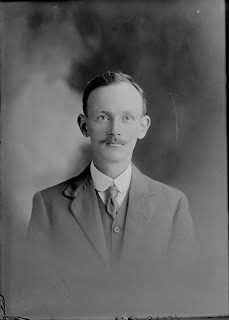Douglas Mill, Hobsonville Airbase and Mangere Aerodrome

Ref: AWNS-19250924-48-4, the Hobsonville site purchased by the Defence Department, 1925,, Sir George Grey Special Collections Douglas Mill’s house is one of 15 houses at Hobsonville Airbase classified as a heritage building. These built heritage landmarks are being retained during the transformation of the former RNZAF base into a new housing estate. One of the reasons the house is being preserved is due the significance of Douglas Mill; one of New Zealand’s pioneer aviators. Ref: AWNS -19280816-47-1, constructing the new naval base at Hobsonville, 1928, Sir George Grey Special Collections Mill was one of the first fliers to see the potential for commercial aviation in New Zealand. In 1927 he established the Air Survey and Transport Company at Hobsonville. One of its specialities was aerial surveying and photography, but the company was also the New Zealand agent for Britain’s De Havilland Aircraft Company . As De Havilland’s agent the company imported and assembled De










